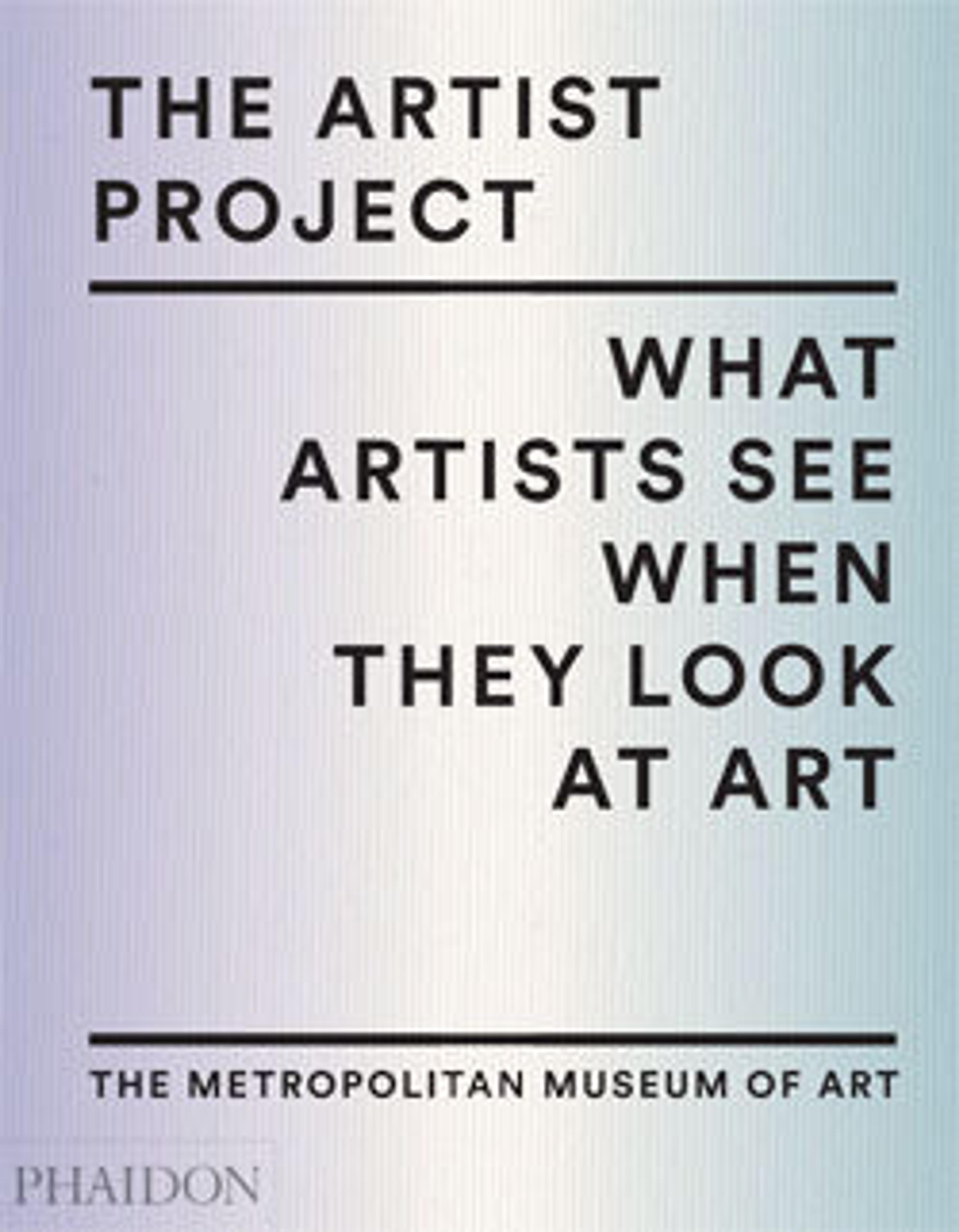Buddha 2
“Buddha 2 was born out of a short journey my family took on foot from a Khmer Rouge village to the center of Battambang, the province of my birth. The Buddha was to symbolize a temple called Wat Ta Mim. My family built a hut across the street. I used to go past the temple ground everyday with a buffalo to the rice field several hundred meters away. I would occasionally walk inside the temple hall to see bloodstains on the floor, ceiling, and walls—bloodstains that looked like they had been sprayed with a toy gun. Where there used to be the normal Buddha sculptures, there were just piles of broken things I couldn’t see. . . . I was afraid to look in the dark.
I’ve never made a Buddha sculpture prior to this. . . . It just happened that as I moved down from the shoulder area, I thought it maybe was enough for what I wanted to say. I dipped the ends of the strands in India ink to get at the bloodstains I had seen. Some say it is about the broken state of religion and culture.” —Sopheap Pich
I’ve never made a Buddha sculpture prior to this. . . . It just happened that as I moved down from the shoulder area, I thought it maybe was enough for what I wanted to say. I dipped the ends of the strands in India ink to get at the bloodstains I had seen. Some say it is about the broken state of religion and culture.” —Sopheap Pich
Artwork Details
- Title: Buddha 2
- Artist: Sopheap Pich (born Battambang, Cambodia 1971)
- Date: 2009
- Culture: Cambodia
- Medium: Rattan, wire, dye
- Dimensions: H. 100 in. (254 cm); W. 29 in. (73.7 cm); D. 9 in. (22.9 cm)
- Classification: Sculpture
- Credit Line: Purchase, Friends of Asian Art Gifts, 2012
- Object Number: 2012.349
- Rights and Reproduction: © Sopheap Pich
- Curatorial Department: Asian Art
More Artwork
Research Resources
The Met provides unparalleled resources for research and welcomes an international community of students and scholars. The Met's Open Access API is where creators and researchers can connect to the The Met collection. Open Access data and public domain images are available for unrestricted commercial and noncommercial use without permission or fee.
To request images under copyright and other restrictions, please use this Image Request form.
Feedback
We continue to research and examine historical and cultural context for objects in The Met collection. If you have comments or questions about this object record, please complete and submit this form. The Museum looks forward to receiving your comments.
